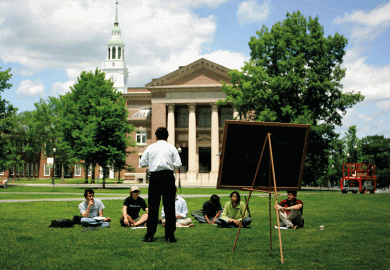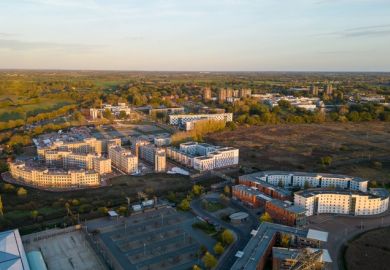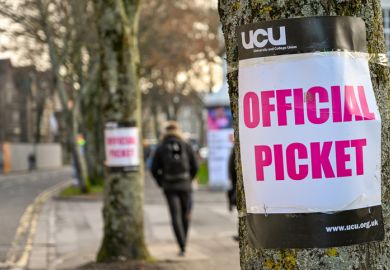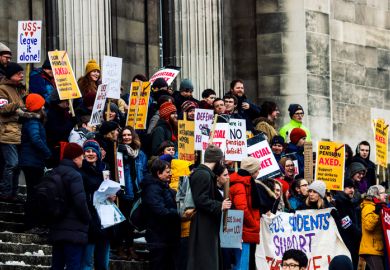Ask an academic in a job interview whether they are a good collaborator, and they are bound to say “yes”. But how do managers know whether this reflects reality?
One research institute has taken a different approach that aims to get closer to the truth: asking applicants to assemble into groups and then hiring those teams with the most collaborative potential.
The approach, taken by an independent plant biology research centre based at Cornell University, offers a different take on “cluster hiring”, an increasingly popular approach under which institutions recruit scholars from different disciplines with similar interests.
For its recruitment process, the Boyce Thompson Institute invited 13 job candidates to a two-day event, during which they shared their research interests, got to know each other socially and organised themselves into groups to prepare proposals for research projects.
The teams were then given several weeks to collaborate before submitting their final proposals. BTI invited two groups with a total of five members back for a second interview and offered them all jobs; three academics accepted.
During the initial application stage, applicants had to submit their CV, research history and a one-page statement on their philosophy of collaboration.
BTI president David Stern said that the process has completely changed its approach to hiring.
“I certainly wouldn’t do it any other way,” he said. “We had a really great applicant pool, the kind of people I’ve never seen in 30 years of being part of searches at Boyce Thompson.”
As well as successfully identifying collaborative scholars, the approach also resulted in a much more diverse candidate pool than most academic hiring processes; eight of the 13 interviewees were women, while many of the applicants were from, or had experience working in, Europe, where collaborative team science is more common, according to Professor Stern.
However, in future, Professor Stern said that he would organise the second stage of the interview slightly differently.
“We asked people to come up with scientifically valid crazy ideas, and I think we put a little too much emphasis on those particular projects as opposed to just seeing how good people were at coming up with ideas, which is really what we care about,” he said.
Steven Brint, distinguished professor of sociology and public policy at the University of California, Riverside and co-author of a recent study that found that most cluster hires ended up trapped in disciplinary barriers, said the BTI process “sounds a bit gimmicky, but nevertheless better than most cluster hiring initiatives” in terms of determining collaborative potential.
“Collaboration requires many qualities that cannot be judged in an exercise like this one,” he added, citing satisfactory equipment and facilities, a productive research agenda and people who can translate across disciplinary lines.
POSTSCRIPT:
Print headline: Team dreams? Do an audition
Register to continue
Why register?
- Registration is free and only takes a moment
- Once registered, you can read 3 articles a month
- Sign up for our newsletter
Subscribe
Or subscribe for unlimited access to:
- Unlimited access to news, views, insights & reviews
- Digital editions
- Digital access to THE’s university and college rankings analysis
Already registered or a current subscriber?








